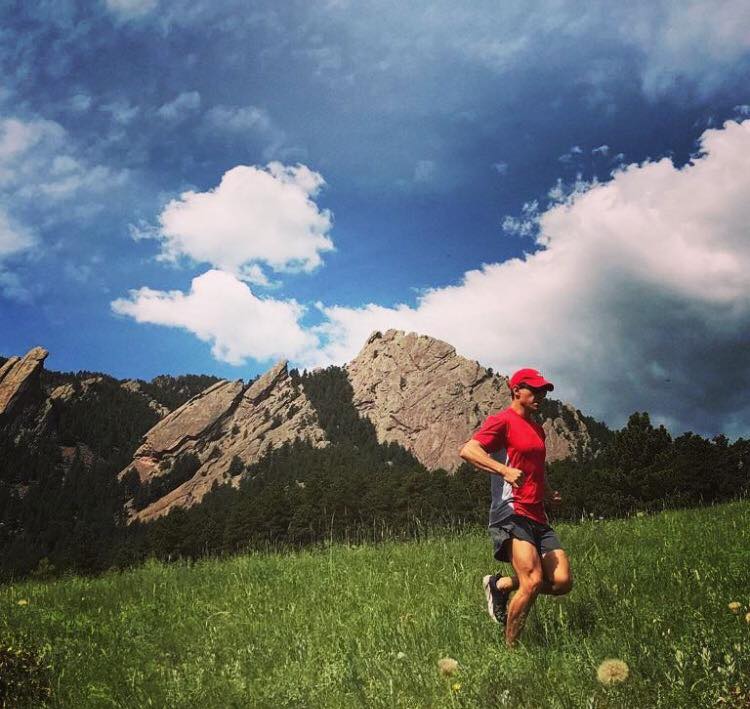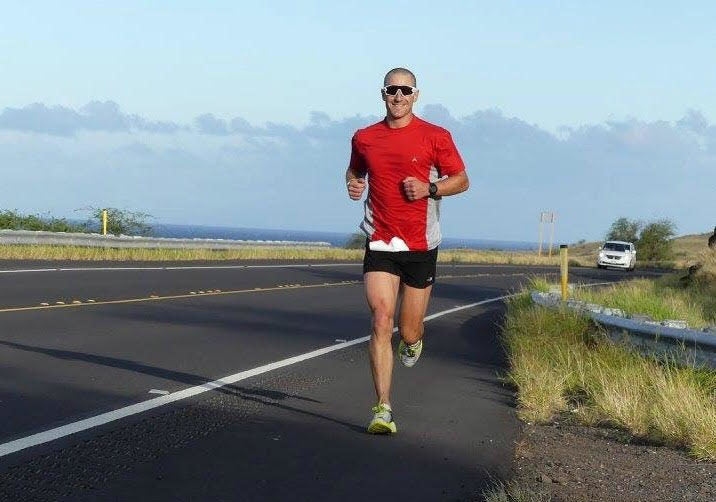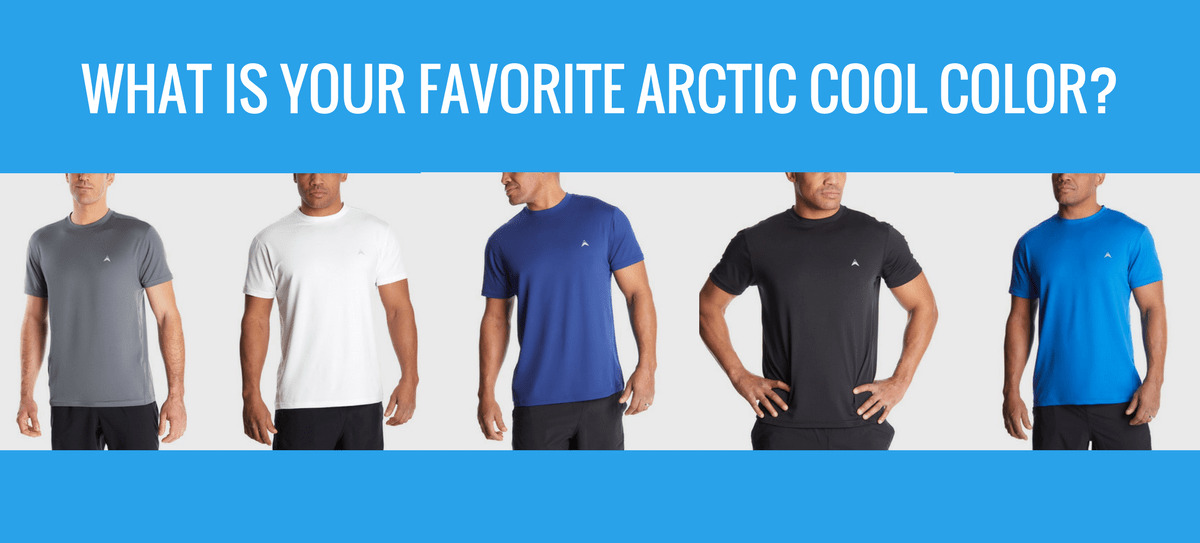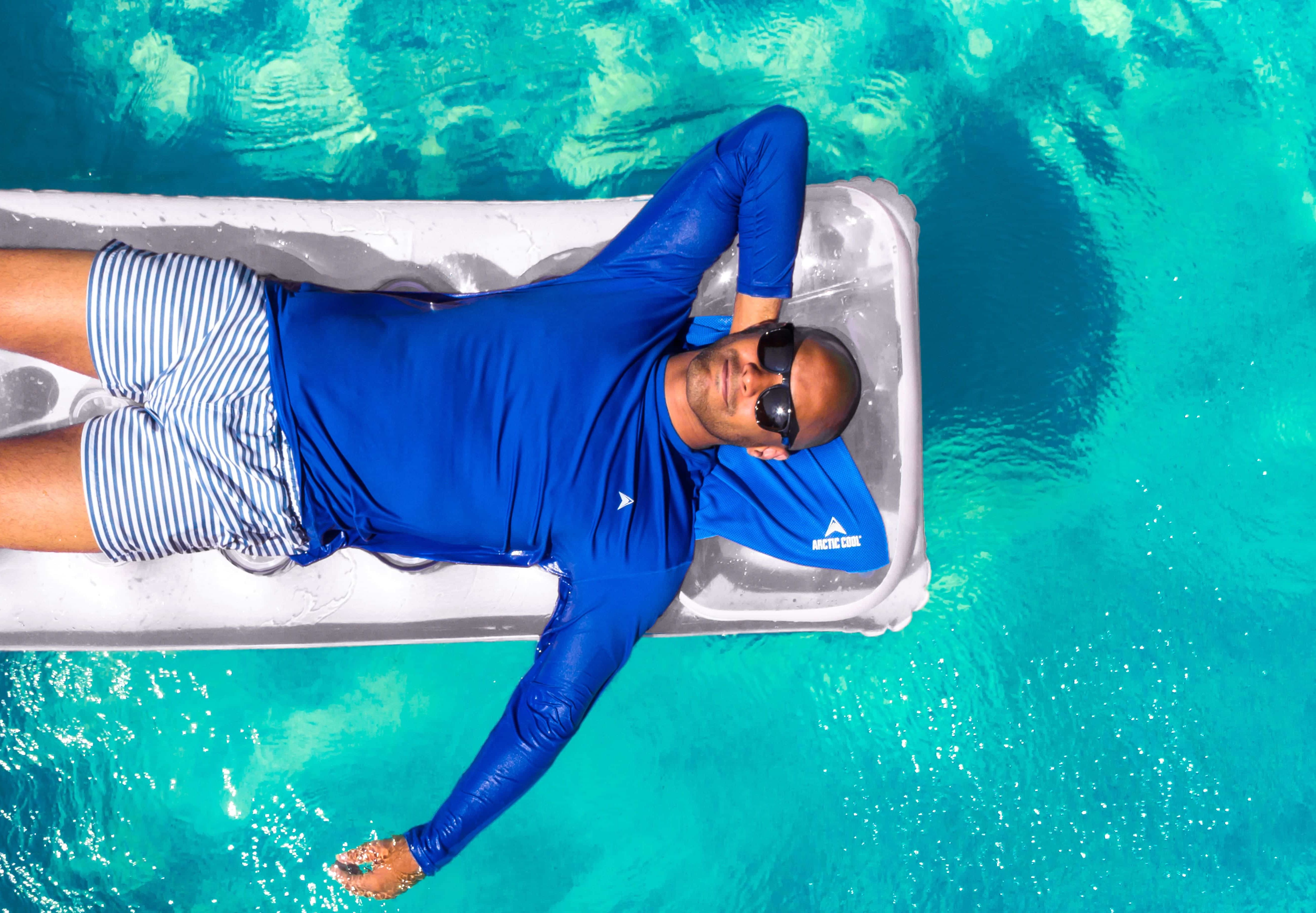
How the Ultraman World Champion Won Big
During the 2017 Ultraman 33rd Anniversary World Championships in Hawaii, Rob Gray found himself on a bike with broken handle bars. When his highly competent crew couldn’t resolve the issue, Gray had to switch bikes. This situation could have thrown seasoned Ultraman athletes off their game, but Gray left the incident behind him the moment he pedaled away. This was his first-ever Ultraman competition. He went on to win it. This ability to roll with the punches, remain calm in the face of equipment malfunctions and other unanticipated obstacles, is part of what helped Gray push through to snag the 2017 Ultraman World Championship title. As in life, he believes positivity has a unique power to help him bounce back and stay in the race. “It’s something I’ve had to practice and learn over time,” says the former cross-country mountain bike racer who found he excelled at super long-distance races. “During the race, something is definitely going to go wrong. It’s naïve to think otherwise. Having that expectation and a positive attitude helped me stay calm in the moment because panicking and getting upset wouldn’t have helped anything.” Over the course of the three-day Ultraman competition, there’s plenty of time for things to get dicey, from brutal weather conditions to nutrition deficiencies. For those who aren’t familiar for the race, consider that many occasional athletes and weekend warriors believe the triathlon is a big deal. After all, swimming, biking and running in one event is no easy feat. The Iron Man, where the distances are longer and the training far more intense, is often out of the question even for those in peak shape. Now, imagine taking the Iron Man race to a whole new level. Enter the Ultraman World Championships, a full-on “athletic odyssey” in which competitors swim 6.2 miles, bike 261.4 miles and run a double marathon distance of 52.4 miles on the Big Island of Hawaii. While many athletes commit to this incredible challenge, there can only be one big winner. In 2017, that man was Gray, who has first set his sights on the Ultraman title in 2015. He began preparing for the race, entering his first competition in 2016. After he won the Ultraman competition in Florida, he went to the Ultraman Championships. There he completed the race 44 minutes and 4 seconds behind the first-place finisher. “It was a good learning experience,” Gray says. “Coming in second was what motivated me to go back the next year and win it.” To achieve his goal, Gray plans, prepares and trains differently than many of his fellow endurance athletes: He eats burgers and ice cream during the training season. His workouts are rarely more than a few hours each day. If he misses a planned workout because his kids, ages six and four, are sick, it’s far from the end of the world. He thinks a lot about his equipment choices. Gray works hard and smart, but ultimately, he’s flexible. There’s a method behind the madness—and it seems to be working. “During the off-season, I’m quite disciplined about my diet, and that’s when I try to meet my weight loss goals,” Gray says, explaining his approach to food. “When I’m training, I need enough calories to help me recover from the workouts. “I tend to train a few pounds heavier than I want to be during the races because I think it helps me from getting injured,” he continues. “I’m not overly fanatical about healthy foods because eating whole foods the entire time makes it hard to get enough calories.” Gray also isn’t married to his workouts. He does mostly high-intensity training for shorter periods of time, instead of spending eight hours on his bike or swimming a 10k in one go. Because the competition doesn’t require athletes to do all three sports in one day, Gray doesn’t train that way. If he were to run 50 miles, for example, he’d do 20 one day and 30 the next. “With training, time management is difficult. I have two young kids, so I don’t want to spend all day doing these epic training sessions,” Gray explains. “I’ve also had to learn to be OK with missing workouts on occasion. So now, I don’t stress about getting my training hours in. I feel I have enough flexibility to forget training on days when something gets in the way and do that workout on another occasion.” Despite his plasticity on certain training “norms,” there’s one thing Gray doesn’t mess with: his gear. His wet suits are made for the right level of buoyancy and protection from the elements and wildlife (jellyfish are a concern in the swimming portion of the event). Gray also says having an aerodynamic bike is essential. It also needs to be heavy enough not to blow over when the 50 mph wind gusts kick in. During the double marathon, Gray swears by Arctic Cool’s Men’s Crew Neck Shirt. He used to wear compression shirts for competitions. He later realized when there’s no shade during the entire run and peak temperatures surge to around 90 degrees, certain materials tend to retain heat.
The Arctic Cool lightweight shirts are different because they have HydroFreeze X Technology. This technology helps the wearer stay cool and dry by wicking away sweat and dispersing it throughout the mesh shirt. As its dispersed, the fabric releases a cooling sensation that helps moderate body temperature. This all-over cool feeling helps Gray run the extra mile on the black rock pavement. The ultraviolet protection factor (UPF) of 50+ also means Gray is protected from unrelenting sun. “The Arctic Cool Instant Cooling Towel also really, really helped, especially during the end of the race when the temperature was reaching its peak for the day,” he says. “My crew soaks the towel in ice water, and then I run with it around my neck or head. Then they re-soak it every few miles. I ended up running the second half of the double marathon faster than the first.” In the past, Gray says athletes have used stockings filled with ice to mimic the towel’s cooling properties. Though, the cooling sensation was short lived and not particularly effective. They tended to be bulky or heavy. Gray says the cooling towel will be in his kit for every future race. He’s even looking to add the Arctic Cool Instant Cooling Headband into the mix for the next race. “When you think about the high level of competition you’re facing in the Ultraman World Championships, your equipment choices are incredibly important,” Gray says. “I only won by five minutes. Equipment can truly make the difference between winning and losing.”




